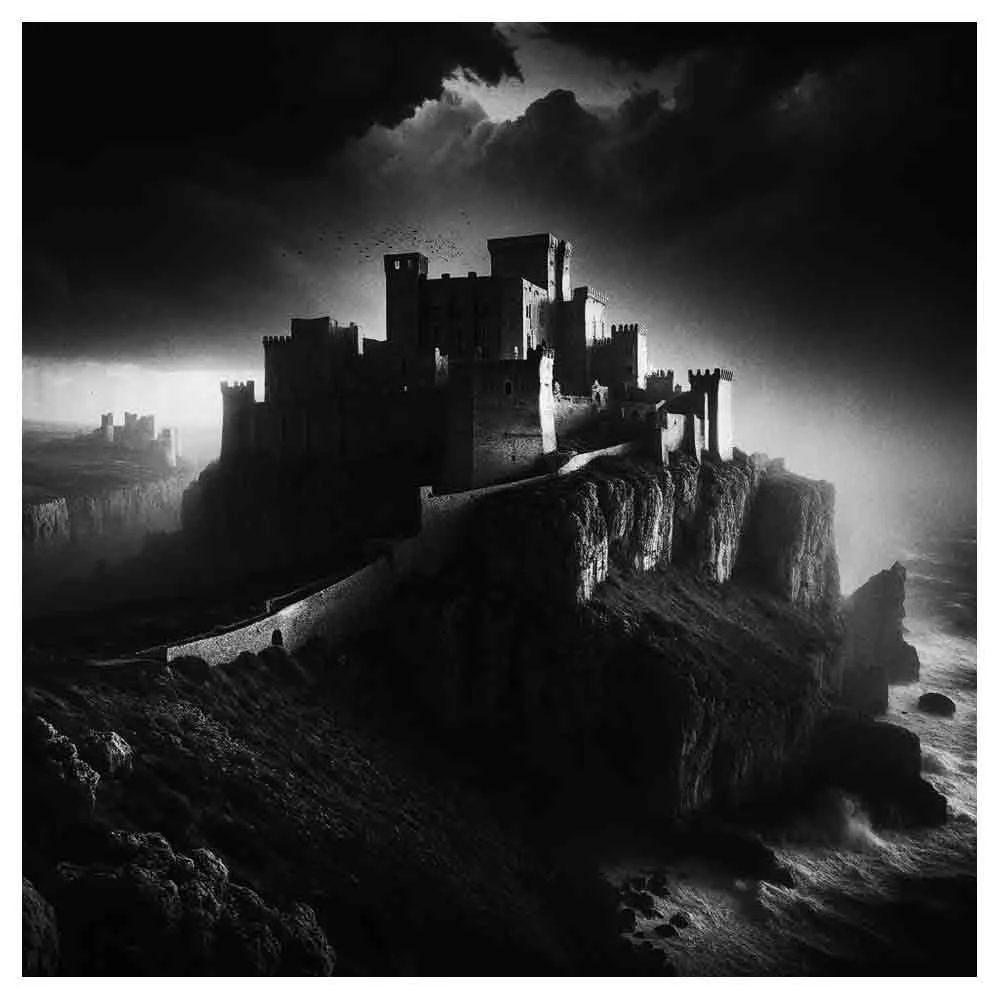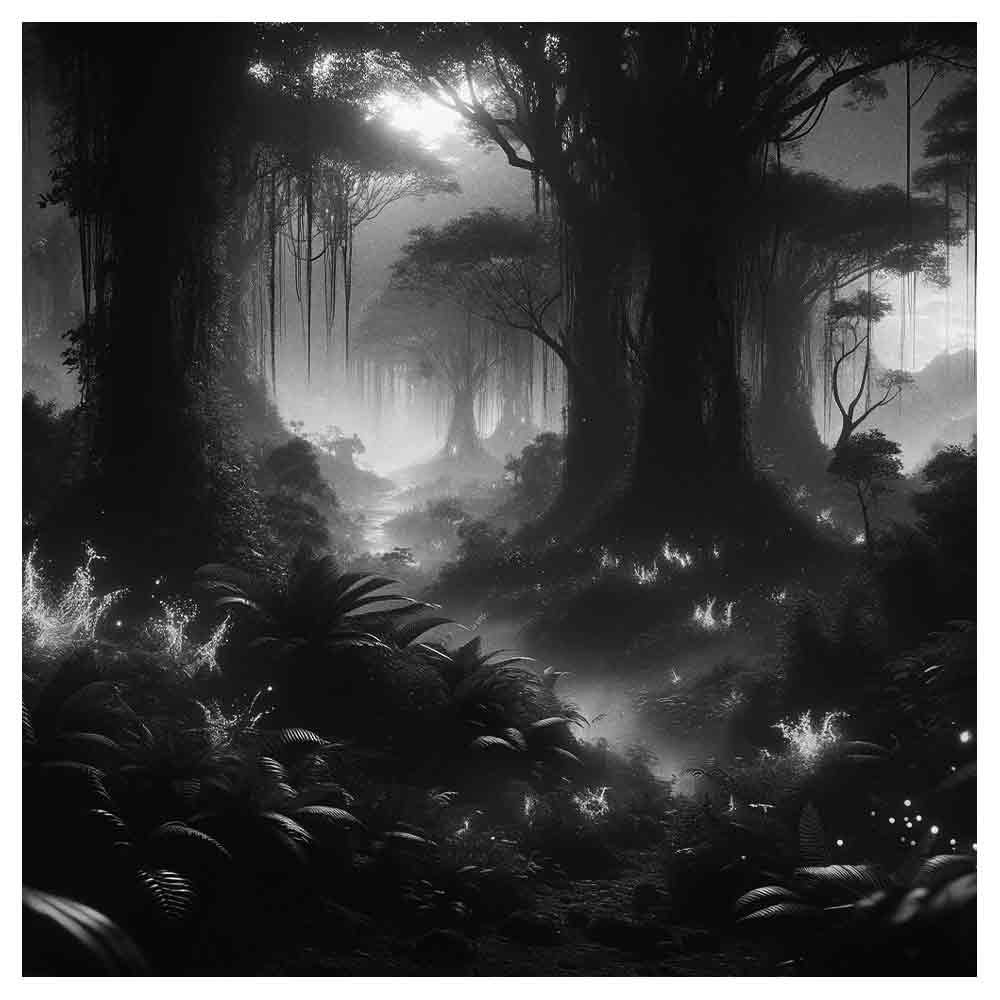What Is a Scene? The Heartbeat of Storytelling
"What is a scene?" This question often echoes in the minds of many writers, both seasoned and new.
A scene is not just a mere collection of words; it's the heartbeat of storytelling, a crucial component that pushes the story forward.
Let's dive into the world of scenes, exploring their structure, purpose, and impact on the overall story.
The Anatomy of a Scene
a. Building Blocks
Every scene, be it an opening or a new scene, is a fundamental building block in the story structure.
It's akin to a brick in a wall, vital for the stability and shape of the entire structure. Scenes usually consist of the following elements:
At least one character: The driving force of the scene.
Location: Where the scene unfolds.
Action or dialogue: What happens and what is said.
A purpose: Whether it's character development or moving the plot.
b. Scene Structure
A well-crafted scene often follows a mini-arc: beginning, middle, and end. This structure ensures that the scene starts at a definite point, experiences tension or conflict, and reaches a scene end that either resolves the conflict or leads to the next scene.
Types of Scenes
Action Scene: Brimming with continuous action, crucial for plot point development.
Character Scenes: Focus on character relationships and internal thought.
Dialogue Scenes: Where characters engage primarily through speech, revealing key information or relationships.
Love Scene: Centers around emotional and romantic elements.
Crafting a Scene
a. Write Scenes with Purpose
Each scene must add value to the entire story. Whether it's introducing a new character or depicting a crucial inciting incident, its presence should be justified.
b. Scene and Sequence
Think of scenes as individual beads and the sequence as the string that connects them. Multiple scenes build upon each other to form a cohesive narrative. This is especially important in longer formats like a novel or a film.
c. Characters and Dialogue
A scene often shines through its characters. From a solitary main character to dynamic interactions between two characters, it's their actions and words that bring a scene to life. Dialogue plays a crucial role here, revealing character dynamics and advancing the story.
The Impact of a Scene
a. Moving the Story Forward
Every scene should propel the story towards its climax or conclusion. It's about maintaining the sense of motion, whether through physical action or emotional development.
b. Emotional Resonance
The best scenes leave a lasting impact, whether it's the emotion in a short story or the complexity in a Charles Dickens novel. They resonate with the reader or audience, often becoming the most memorable parts of a story.
c. Reflecting on the Craft
For many writers, writing scenes is both a challenge and a joy. It's an opportunity to play with creative writing techniques, explore different settings, and experiment with story structure.
Conclusion: Scenes are the Building Blocks of Storytelling
In summary, a scene is more than just a word count or a chapter break. It's a miniature story within a larger narrative, a moment where characters, plot, and setting converge to create something meaningful and engaging.
Whether you're crafting your own scenes or analyzing the works of others, remember that great scenes make great stories.
Stay engaged in the process, and let your scenes be the pulse of your creative journey.
Frequently Asked Questions About Scenes (FAQs)
What exactly is a scene in storytelling?
Think of a scene as a building block of your story. It's a segment where characters act, interact, and show emotions in a specific setting. Each scene should move the story forward through action, character development, or both.
How long should a scene be?
There's no one-size-fits-all answer. The length of a scene should be determined by its purpose in the story and the pacing you want to achieve. Some scenes are brief and punchy, others more detailed and introspective.
Balance is key.
Can a scene focus on just one character?
Absolutely! Scenes can be powerful with just one character, exploring internal thoughts, emotions, or solo actions.
These moments can offer deep insights into a character's psyche.
What are the essential components of a good scene?
Essential components include:
Purpose: Why is this scene here?
Characters: Who is in the scene?
Setting: Where does it take place?
Conflict or tension: What challenges do the characters face?
Change: How do the characters or story shift during the scene?
How do you transition between scenes?
Transitions can be smooth or abrupt, depending on the effect you're aiming for. Some common techniques include:
Narrative summary: Quickly summarizing events that occur between scenes.
Cliffhanger: Ending a scene with suspense, leading into the next.
Change of setting: Moving to a new location.
Time jump: Advancing the story by skipping ahead in time.
How important is dialogue in a scene?
Dialogue can be crucial. It's a dynamic way to reveal character traits, advance the plot, and build tension. However, not all scenes require dialogue; sometimes, actions or descriptions can be more powerful.
Can a scene be purely descriptive?
Yes, especially in genres like literary fiction. Descriptive scenes can set the mood, reveal the setting in depth, or provide a crucial backstory.
How do you know when a scene is complete?
A scene typically reaches completion when its purpose is fulfilled. This could be when a key piece of information is revealed, a character makes a significant decision, or the scene naturally segues into the next part of the story.
Should every scene have conflict?
Not necessarily. While conflict drives a story, some scenes might serve to build relationships, offer a respite, or delve into characters’ backgrounds. However, even in quieter scenes, some form of tension or anticipation can keep the reader engaged.
How can you improve a weak scene?
To strengthen a weak scene, consider:
Enhancing the stakes: Make the outcome more significant.
Deepening character interactions: Add layers to relationships.
Tightening the pace: Remove unnecessary details.
Adding sensory details: Make the scene more vivid and immersive.






























